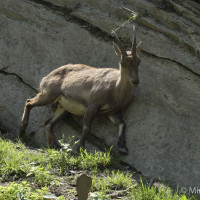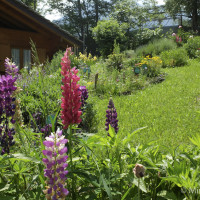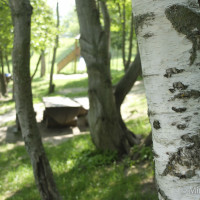It is more or less an established fact amongst photographers that the Fuji X-Pro1, X-E1 and X100s (that is, Fujifilm’s high-end mirrorless cameras) produce outstanding on-camera JPGs. The rich lifelike colours and impressive dynamic range are generated by Fuji’s innovative X-Trans sensor, which is now in its second generation and will continue to improve with every new X-series release.
Recently, a smaller version of this sensor was placed inside a compact dubbed the Fuji X20. I’ve been using this camera for a couple of months now, and I will be honest – I’ve only worked with the RAW files once. This is not out of laziness (I am actually quite a RAW buff), nor is it a reckless move based on an assumption about the high quality of the JPGs. No, I’ve simply found that, as long as I am careful to adjust the exposure on my X20 beforehand, the resulting on-camera JPGs are wonderful.
Of course, if you practise the art of pixel-peeping, you may encounter JPG artifacts or noise at 400 ISO and above, but my motto is and always has been: appreciate your camera for what it is. An X20, with a small sensor, will never be an X100s with its APS-C CMOS sensor, so it is useless to compare apples and pears. The most important thing is that it outshines the competition in its category, and in terms of JPG quality, the X20 certainly does.
Below, you’ll find a small gallery of X20 on-camera JPGs taken at an animal farm near the city of Aosta in Valle D’Aosta, Italy. It was a fine day for photography … and for a dip in the pool with the 30oC heat and 99.9% humidity! Enjoy!












